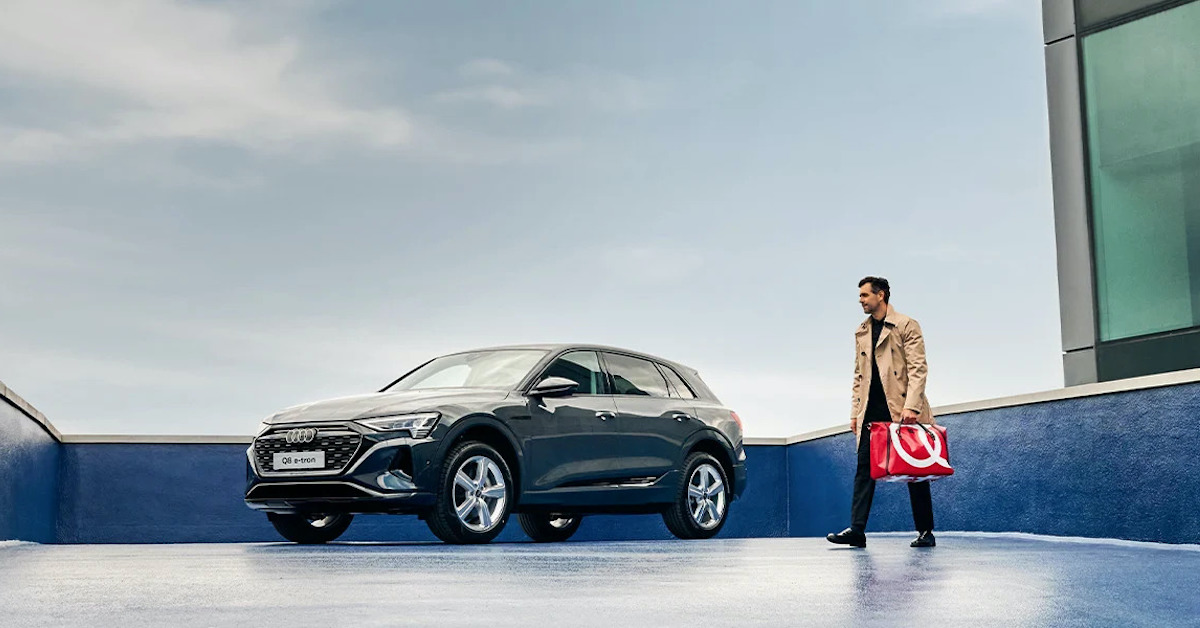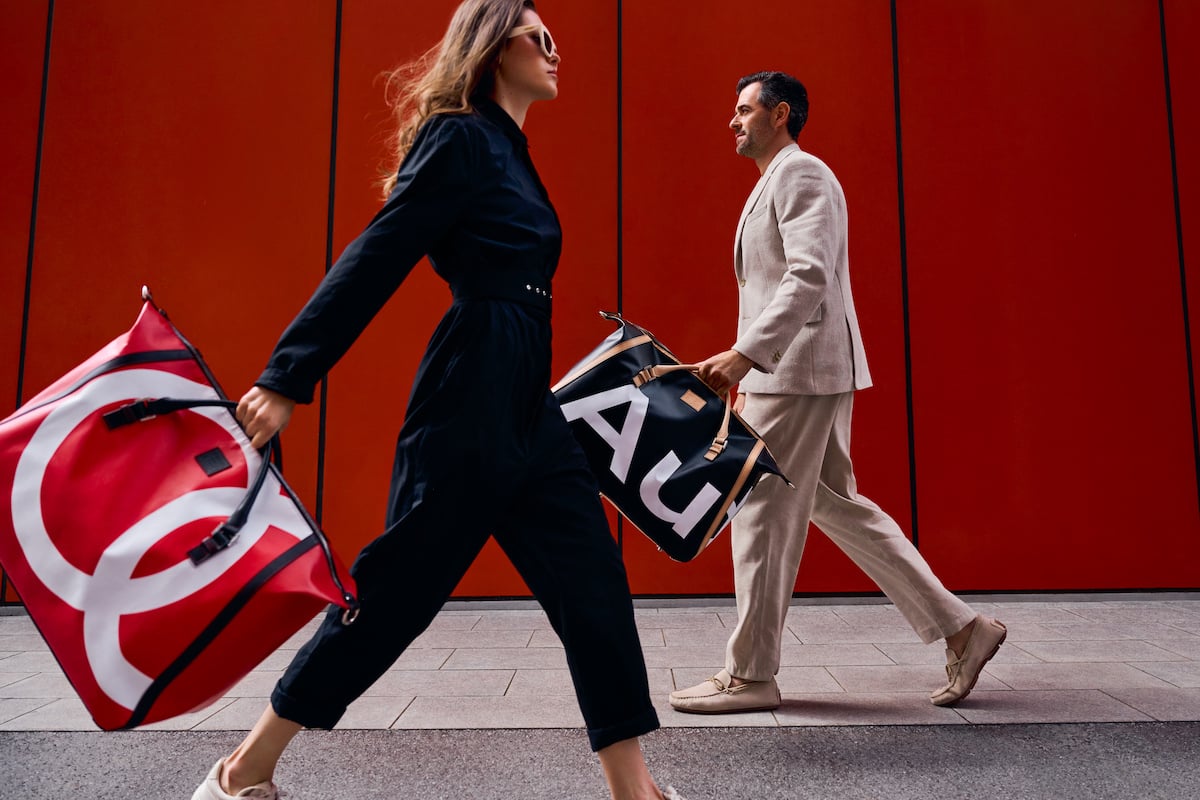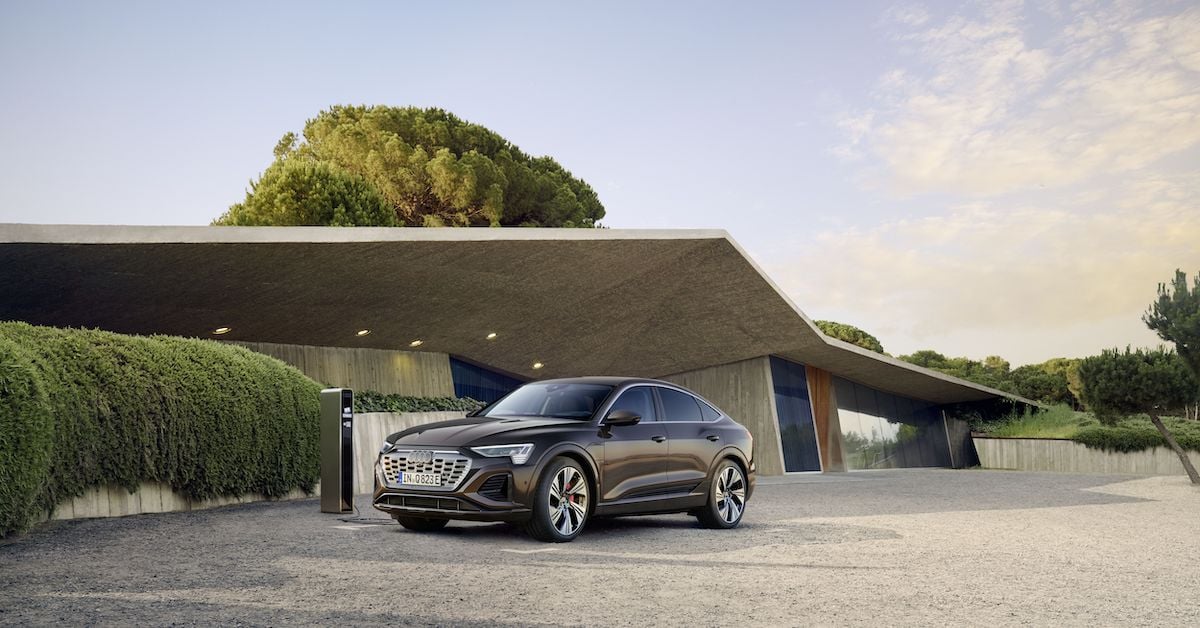
Never Refuse to Reuse > Progress equals responsibility
Progress equals responsibility
Progress is not merely inventing something new. Mario Herzog, designer and maker of high-end shoes, believes that progress is the search for better ways of revitalizing what has already been invented in an original way, so that it can have a positive impact on the world in a new guise. This is how the designer revives and builds on the tradition of shoe craftsmanship, breathing new life into discarded Audi advertising banners and transforming them into sophisticated bags as part of the Never Refuse to Reuse project. He perceives progress as a responsibility – being accountable to make progress in a way that is good for everyone, for people and for nature.
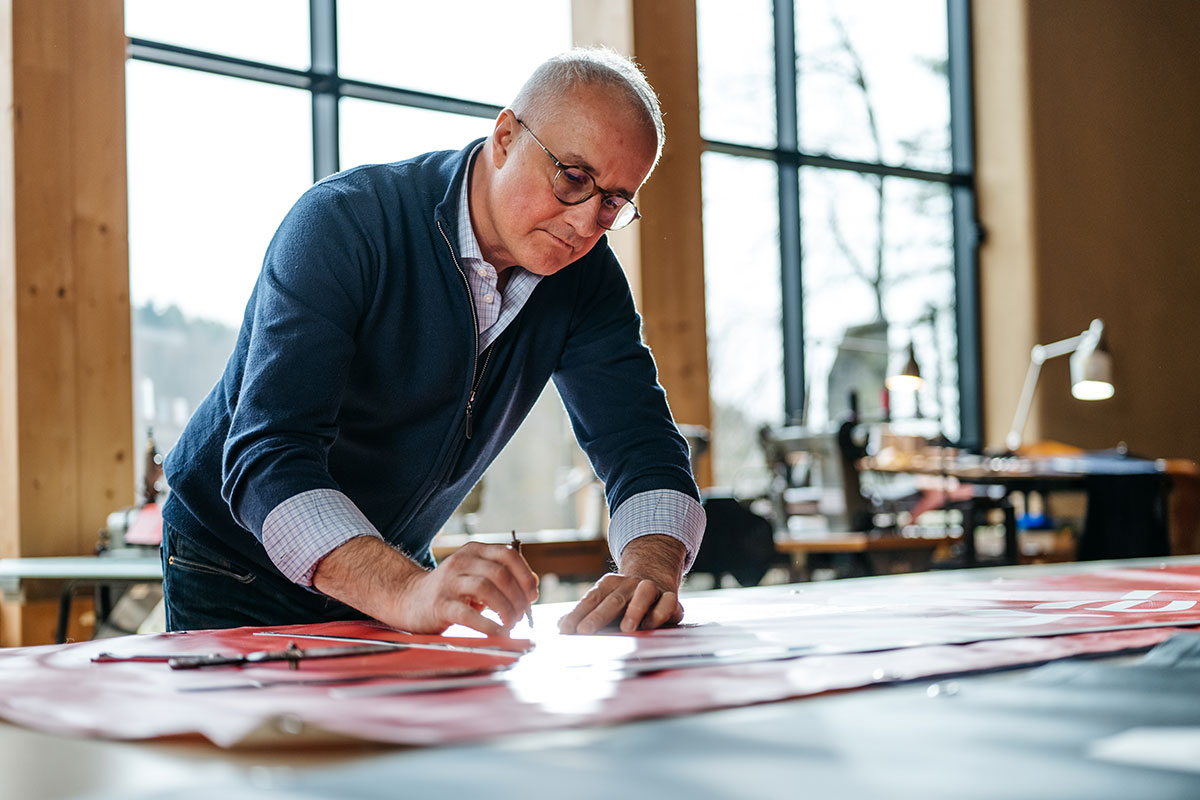
How did your bespoke shoe manufacturing story begin?
There was an air of shoemaking in our family, even though the shoemaker ancestors have long been gone. My grandfather was a shoemaker, but that was before I was born, and I didn’t have the opportunity to grow up in a shoemaker’s workshop and romantically pursue the family craft. Nonetheless, in my youth, I got to know shoe factories up close and discovered that the heart of every factory is the modelling and sample-making department. Everything was done completely by hand and the atmosphere was completely different – inspiring! Later on, I came across this craft in Vienna. I saw a shoemaker’s workshop up close, and that's when I started to develop a love for craftsmanship. I wanted to do this in a way that would build on the tradition, but modernizing it and at the same time staying true to it.
How would you describe your products in a few words, what makes them unique? How do they match with Audi’s values?
Surely, our characteristic is a strong focus on the customer, while at the same time being true to our essence – the craftsmanship. This also implies the “less is more” principle. Perhaps our advantage lies precisely in the fact that we look at things through the lens of craftsmanship. Every craft has its own fingerprint, which is why, by definition, there is something different about our products. This is and continues to be essentially our statement, while at the same time not ruling out progress and modernity. I think that every reputable brand, also a high-tech brand like Audi, looks back to its roots. Here is where I see a logical connection with Audi’s values.
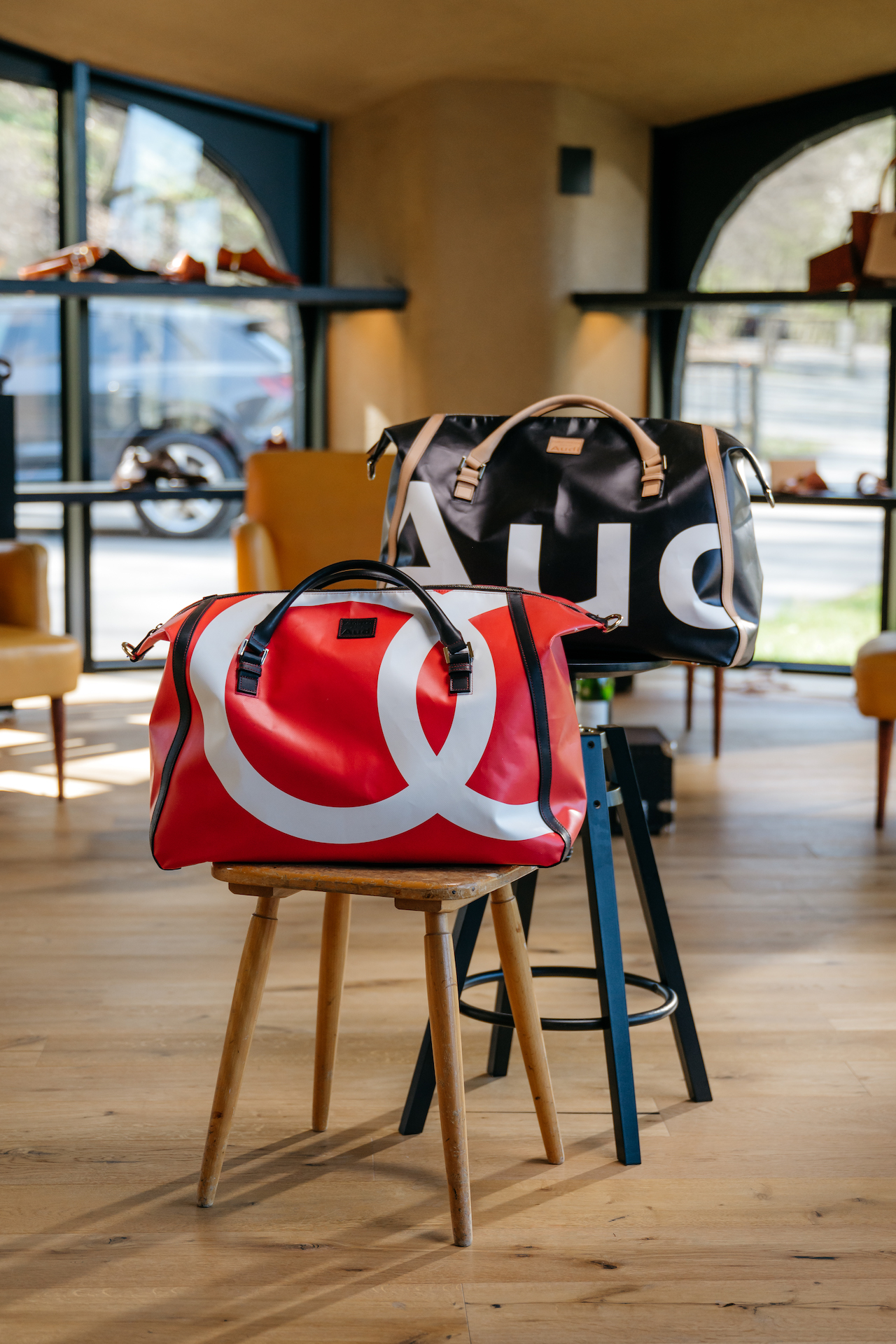
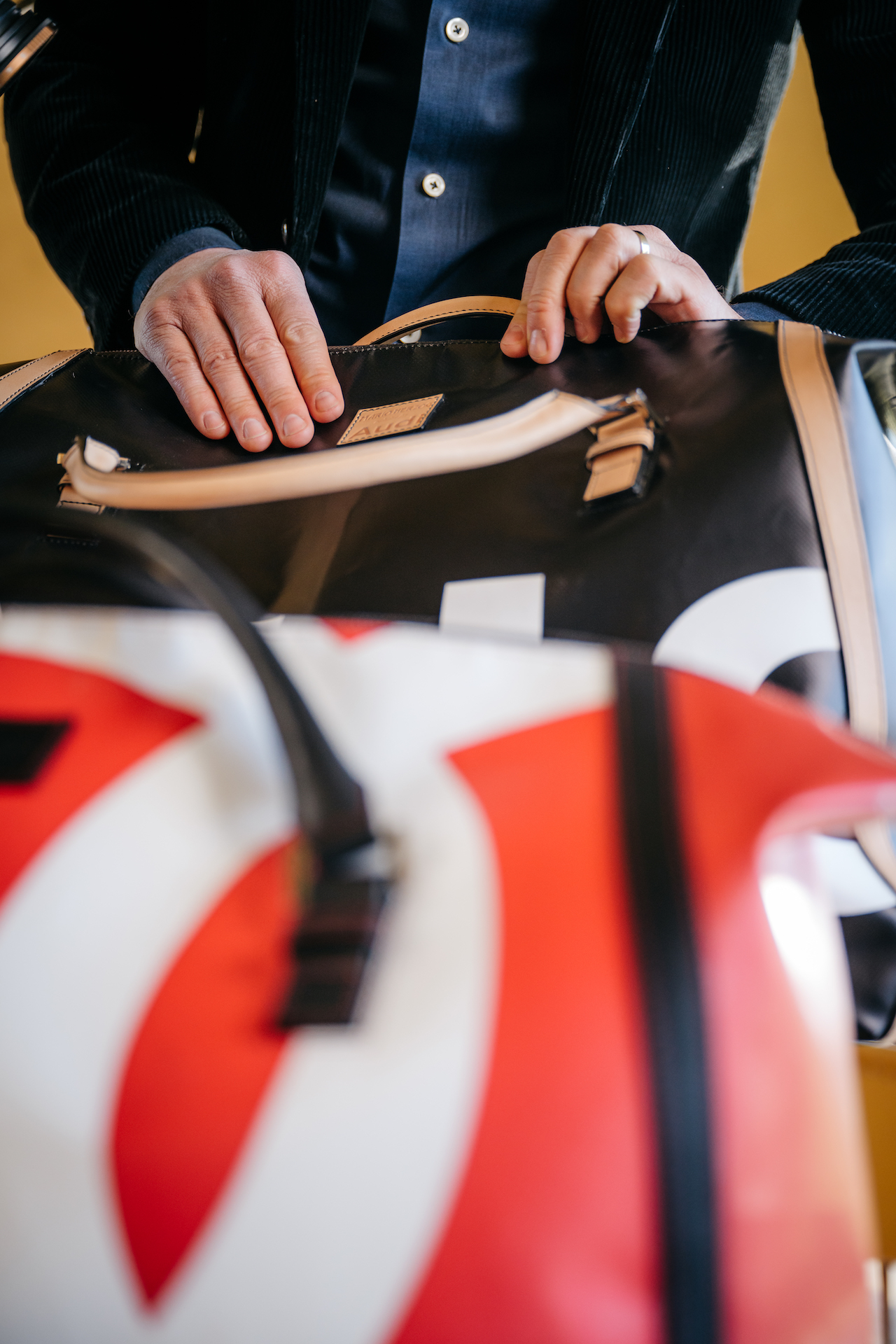
And the craftsmanship, the superb workmanship?
Naturally, this is in the very nature of our craft if we want to follow our tradition. The price bracket we are addressing is extremely demanding and unforgiving of any simplification.
You mentioned the concept of “less is more”. Can this be seen as part of sustainable development in the sense of using resources more rationally in order to preserve them for future generations? As a counterbalance to modern consumerism with its excessive consumption of resources?
When I started my shoemaking, sustainability was not talked about in the way it is now, certainly not in such a broad sense. Categories such as sustainability, quality of life, and environmental responsibility used to be an exception rather than the rule thirty years ago. But above all, I have always held up a very honest mirror to myself when thinking about what to study and what to do in life. I wondered what would happen if I made one shoe, two, ten, then ten thousand, then a million pairs of shoes. All this worship of growth, of constant growth towards infinity, has never been close to me – I don’t mean in terms of a business concept, but rather as a kind of personal philosophical stance. On the other hand, I had to ask myself, no less sincerely, whether I was going to become a misunderstood poet, or whether I was going to try to convince those around me in other ways that shoes made in the traditional method are worth buying. I’m speaking about shoes that last longer and don't need to be replaced every time there’s a short-lived fashion trend. Indeed, they are ten times the cost, but there is another aspect to consider. A good pair of shoes used to cost one monthly wage, and if you translate that into today’s values, it’s about the same. In that sense, I have stayed true to my idea, and my colleagues and I have followed it, but of course we strive to move forward through improvements. This means our stitching has been made even cleaner, our lasts have been modernized in shape and our ergonomics have been improved. We work hard to ensure that our shoes, while being of high-quality construction, also maintain their design relevance over time, thus extending the product’s lifetime. We have managed to turn this to our advantage and convince our customers that there’s a category above the most desirable and renowned shoe brands – the category of bespoke products made just for them. This is true even though this category comes from Slovenia, from the forest by Lake Blaguška, and not from fashion capitals like Milan, Paris or New York. It is important to realize that when you start a story like this, it is difficult to convince someone to pay a substantial sum to a stranger who comes “from the middle of nowhere”.
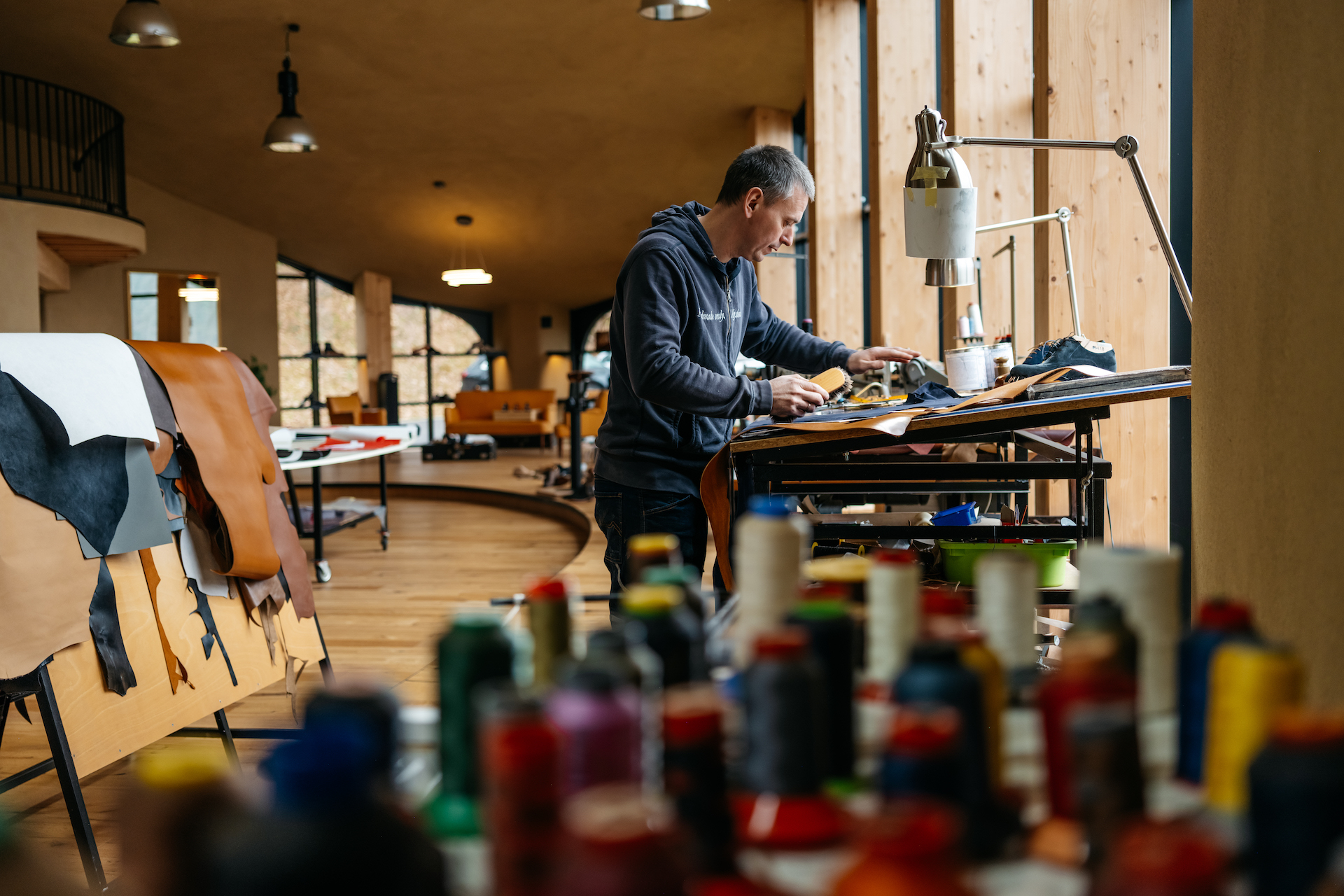
Does the choice of materials also contribute to sustainability?
Certainly. We pay attention to what we buy and how much we buy. That is why we do not have any surplus of raw materials. We work with suppliers who purchase materials specifically for us, craftsmen. The purchase price per piece is higher with them, but this is a more sustainable way because there’s no unnecessary stock, the material is verified, and the supply chain is shorter. By not buying in stock and not storing unnecessary amounts of material that may become waste, we benefit and, of course, the environment benefits, as well.
Sustainability is also the story of the advertising banners that Audi used to display at FIS Alpine Ski World Cup competitions. Under the skillful hands in your workshop, they are now being given a new purpose instead of ending up in a landfill. What does it mean to you to take part in this project?
This is a beautiful story and it seems to me that it is a perfect example of cross-brand collaboration. On the one hand, there is the global Audi brand, which has been supporting the same global story for decades, the FIS Alpine Ski World Cup, and on the other hand, there is this small, niche brand.
The basis is working with PVC material that is a bit monotonous, but of good quality. The material can be printed with a variety of designs and it is widely used. It would be a pity to throw it away when it no longer meets a current fashion need. It took us some time to figure out what we could make out of this material. The unfamiliar material posed a challenge with its specific limitations, but it also offered certain advantages. Having worked with Audi before, I was very excited about this new project. We know the design briefing and the typography of the brand. We try to look at each product through the eyes of an Audi vehicle designer. It is important that every product, every bag, makes it clear from afar that it is an Audi brand, as opposed to a vague resemblance. Given that Audi is recognized as a supporter of the Ski Cup, I think it’s nice to see the banners being used in a high-quality and sustainable way. Nevertheless, it is important to understand that it takes a lot of effort to ensure that a product sewn from scrap material meets not only our own standards of craftsmanship, but also the high standards of Audi in terms of design and performance. Being part of the Never Refuse to Reuse project means true acknowledgment to us.
Trudimo se, da bi naši čevlji ob kakovostni sestavi skozi čas ohranjali tudi oblikovno aktualnost in s tem jim lahko podaljšamo življenjsko dobo."
Trajnostna je tudi zgodba oglasnih transparentov, ki jih je Audi nekoč uporabljal na FIS tekmah svetovnega pokala v alpskem smučanju in zdaj pod spretnimi rokami v vaši rokodelski delavnici dobivajo nov namen, namesto da bi končali na odlagališču. Kaj vam pomeni sodelovanje pri tem projektu?
To je lepa zgodba in se mi zdi kot naročena za sodelovanje med znamkami. Na eni strani je globalna znamka Audi, ki že desetletja podpira prav tako globalno zgodbo, FIS svetovni pokal v alpskem smučanju, na drugi strani pa je majhna, nišna znamka. Osnova sodelovanja je PVC-material, ki je nekoliko dolgočasen, ampak precej kakovosten. Nanj se da natisniti različne designe, pogosto se uporablja in škoda je, da bi ga zavrgli, ko ne izpolnjuje več trenutne modne potrebe. Nekaj časa smo potrebovali, da smo ugotovili, kaj bi lahko naredili. Srečaš se namreč z izzivom materiala, ki ga ne poznaš in ima neke svoje omejitve, hkrati pa nam je ponudil tudi prednosti. Glede na to, da smo z znamko Audi že sodelovali, sem se izjemno razveselil novega projekta. Poznamo oblikovalsko noto, tipografijo znamke. Pri oblikovanju vsakega posameznega izdelka poskušamo pogledati skozi oči oblikovalca avtomobila Audi. Pomembno je, da je iz vsakega izdelka, iz vsake torbe že na daleč jasno, da gre znamko Audi, ne za neugleden odrezek. Glede na to, da je Audi prepoznan kot podpornik smučarskega pokala, se mi zdi lepo, da se oglasni transparent uporabi na kakovosten in trajnosten način. Se je pa treba zavedati, da je potrebnega precej truda, da iz odpadnega materiala sešit izdelek ustreza standardom, ne samo našim rokodelskim, ampak da oblikovno in izvedbeno izpolni tudi visoke standarde znamke Audi. Sodelovanje pri tem projektu nam vsekakor pomeni priznanje.
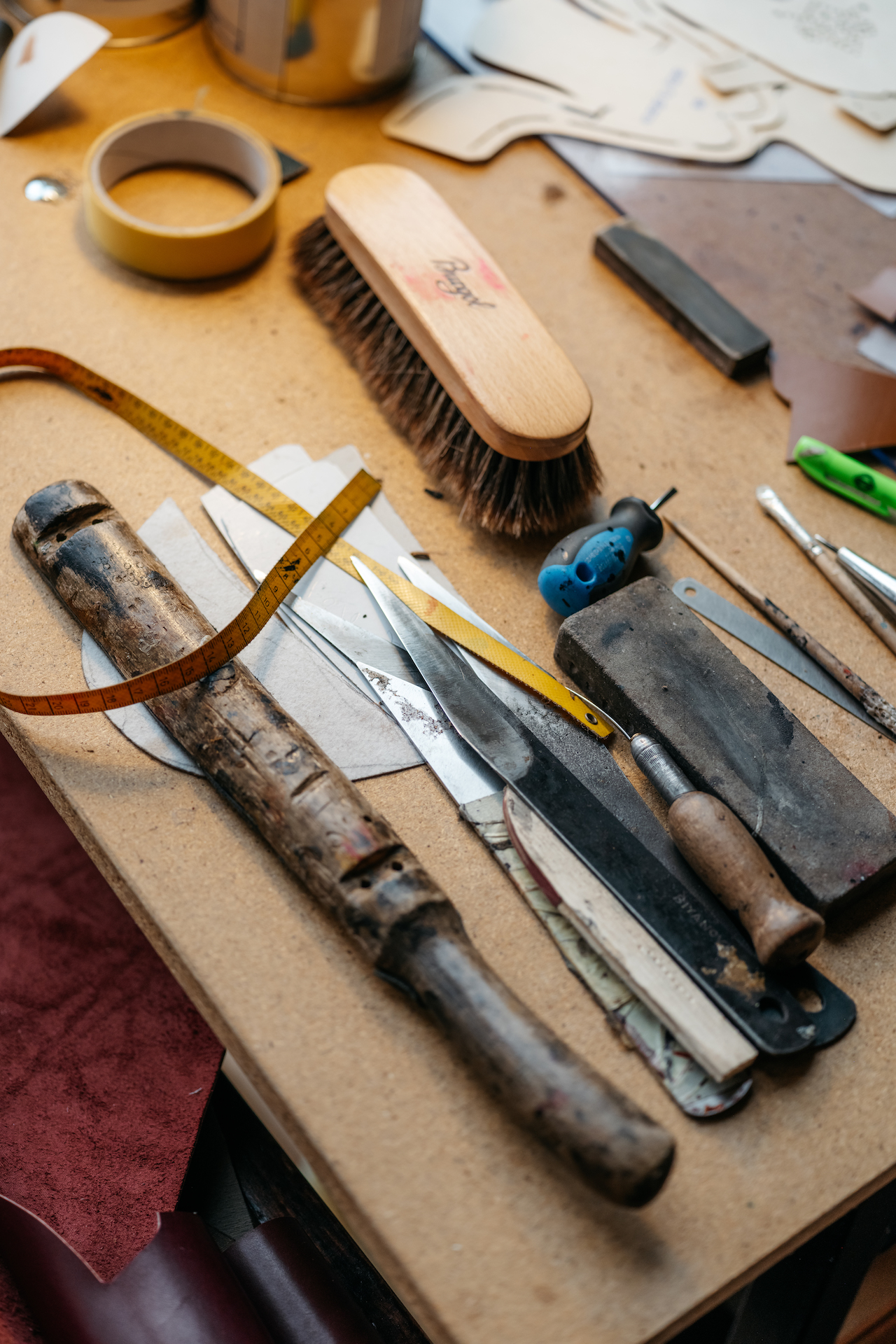
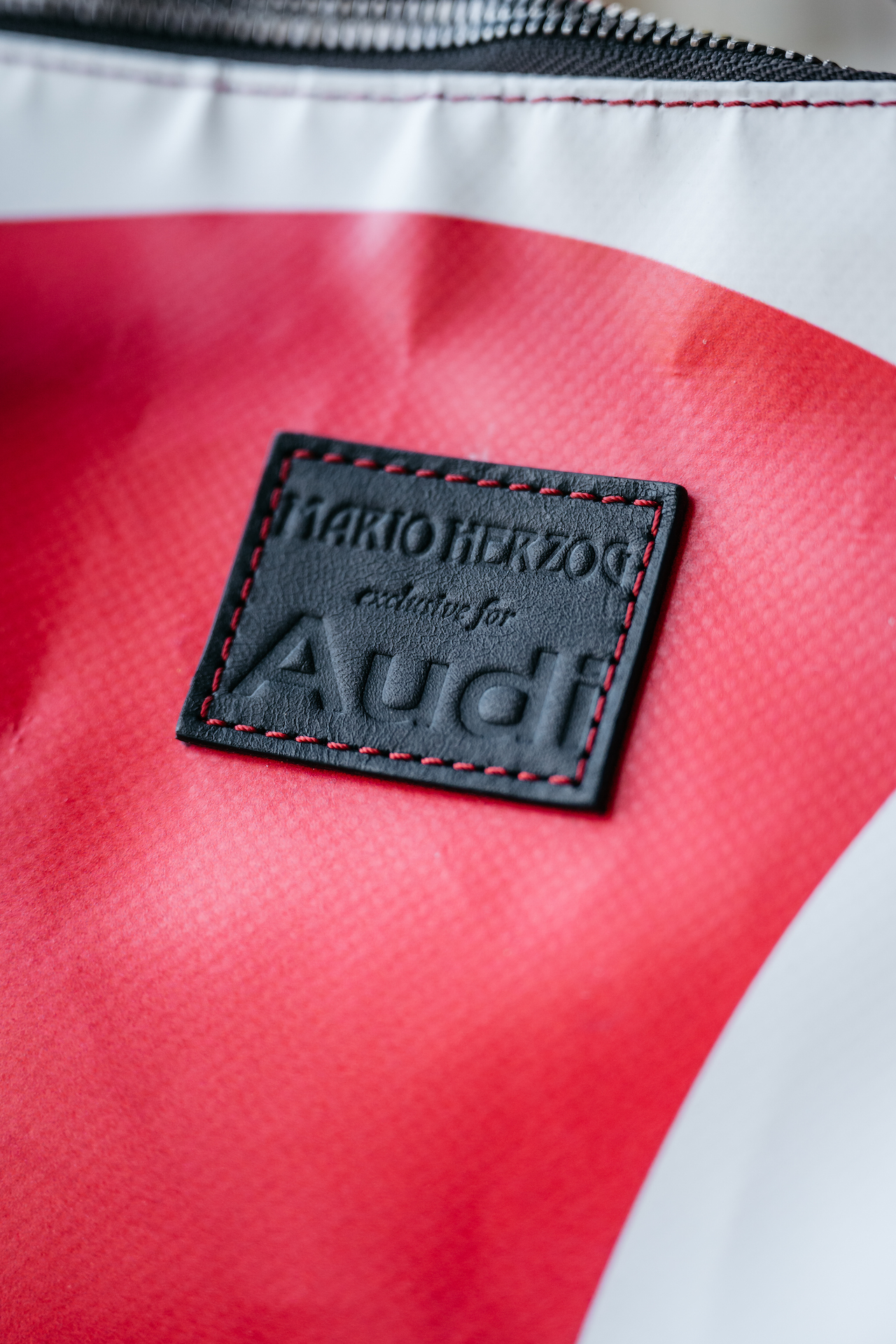
You mentioned that every bag should capture the brand concept of Audi, but at the same time each one tells its own story, because each one is unique. Where do you get your inspiration, in the material itself?
Each item is absolutely unique, no two products are the same. I look for inspiration precisely by imagining an Audi designer placing the brand logo on the shape of the bag. We are limited by the size, color and proportions of the banner. When thinking about how to capture a piece of typography, you feel the designer somehow. I believe the process is similar to other kinds of creating, be it with words, food or a piece of furniture. The material speaks to you, you see what it offers and what it lacks, and you see the best way to recreate with it. The result may be likeable, but there’s still this afterthought whether it is enough “Audi-like”. That’s what we’re trying to keep in mind. The material is an inspiration in the sense that you realize that you are using something that might be scratched, damaged and have “battle wounds”, and then devise a way to incorporate all this in a way that will look perfect in the final product. This means that even an imperfection is turned into an added value.
It is different with shoes, as their uniqueness comes from the customer who will wear them. How do you translate the story of the customer into the story of the shoe?
The customer usually comes to our workshop with an idea, not so much a design idea, but having some thoughts about the product. People usually know what they don’t want, then they look at the products on display or the aspects they like, and we make a prototype, a test shoe, according to the specific characteristics of their foot and their ergonomic needs. Then we work with the customer to see if the proportions suit well and are comfortable, and only then we start sewing. This is a complex process, but when the customer receives the shoe after a few months, they have a different attitude towards it – a lasting attitude, we may say. It’s a shoe for life because it can be serviced, repaired, and refurbished, thus prolonging its use over and over again. This is one of our specialties. Generally, we don’t do shoe repairs, but we do service our shoes. This is one of sustainable aspects of our products. Longer product lifetimes mean better use of resources and less waste at the end of a product’s life.

Mario Herzog has combined his love of nature and shoemaking in a workshop by Lake Blaguška.

The workshop is built according to sustainable standards.
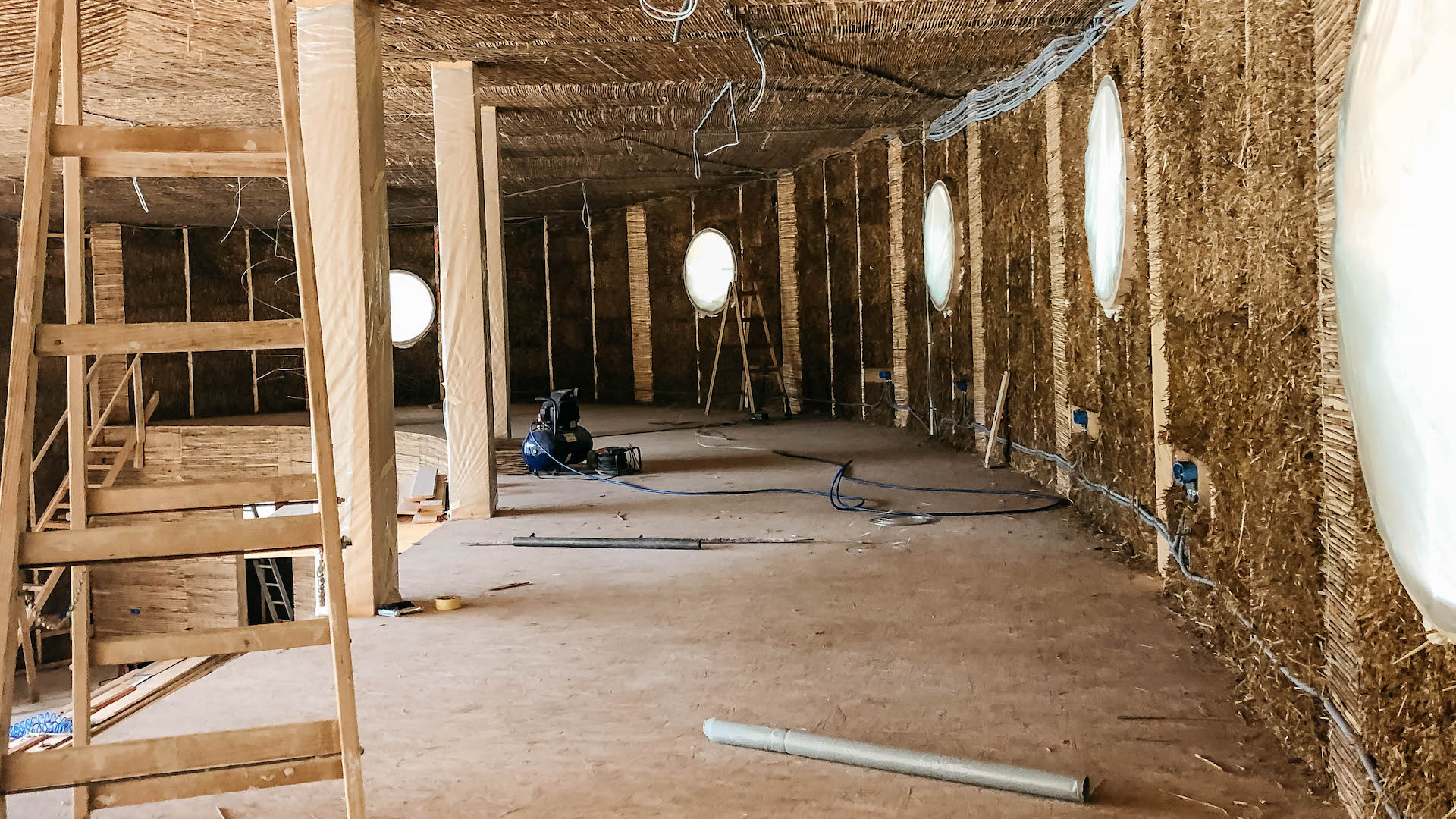
They wanted the building to be like their shoes: sustainable and traditional.
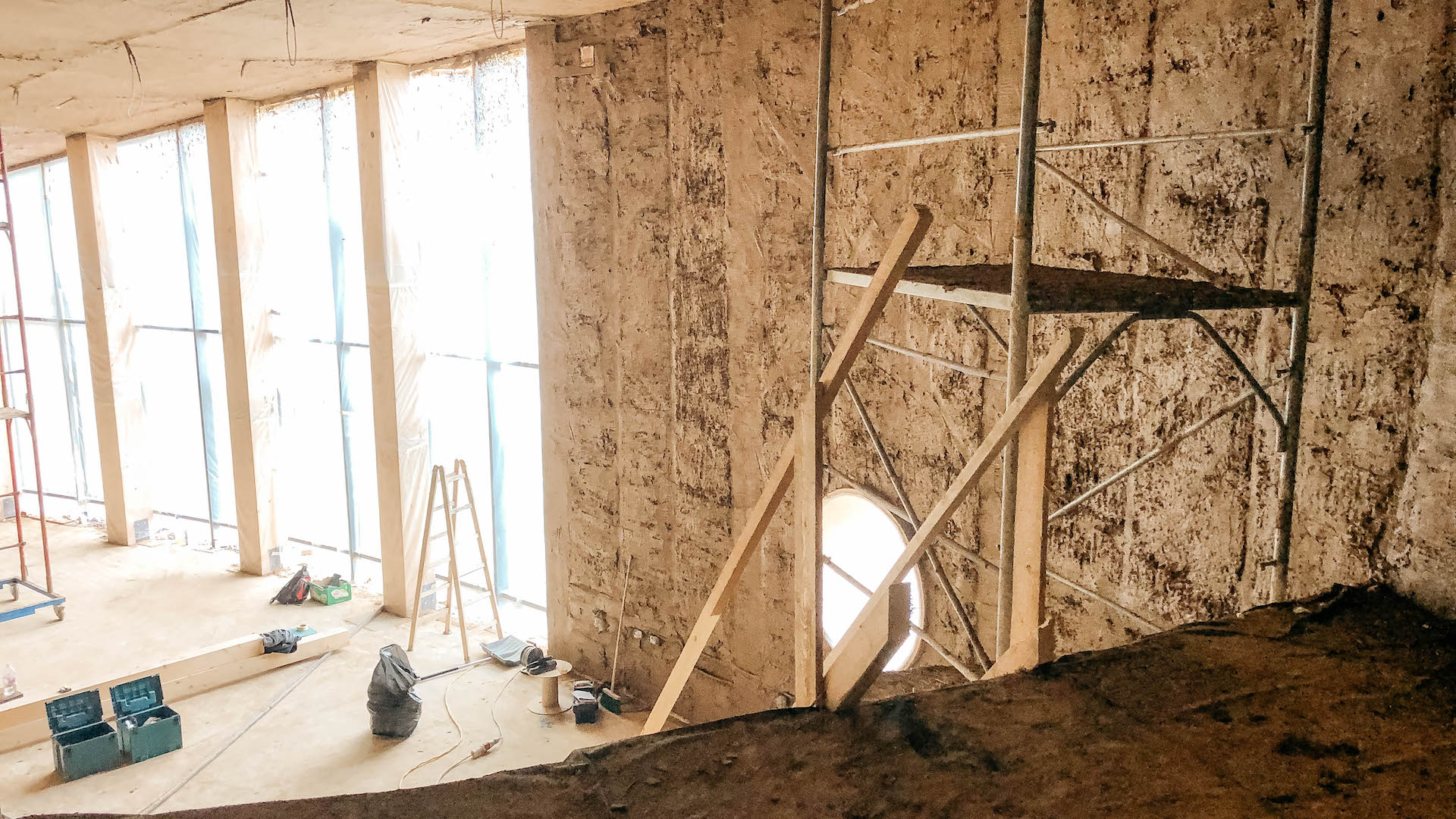
Natural elements such as wood, straw, clay and glass were used for the construction of the building.
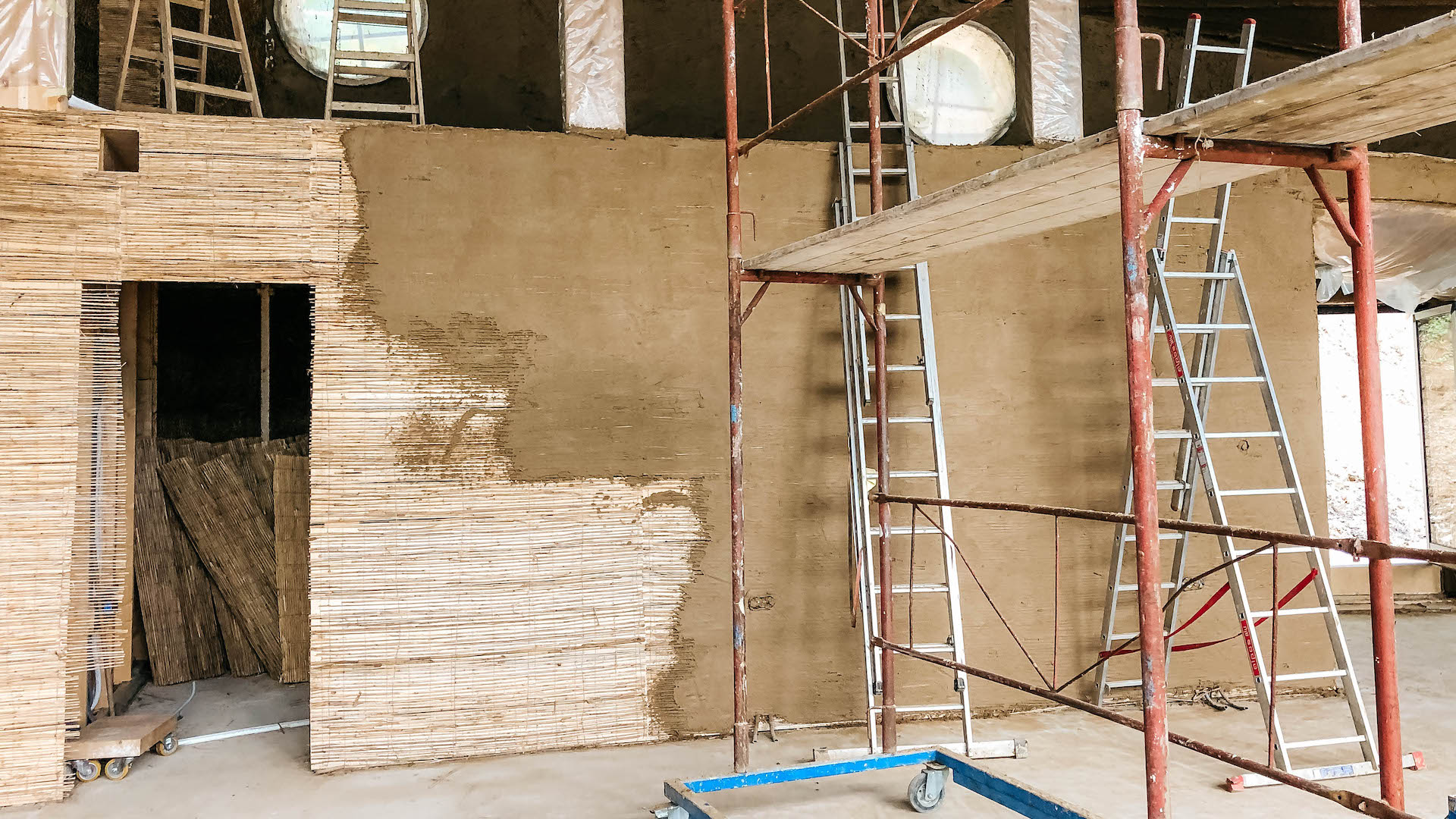
The craftsmen applied three layers of clay to the straw and reed walls.

Mario and his colleagues regularly visited the construction site and immersed themselves in the environment in which they would make the shoes.
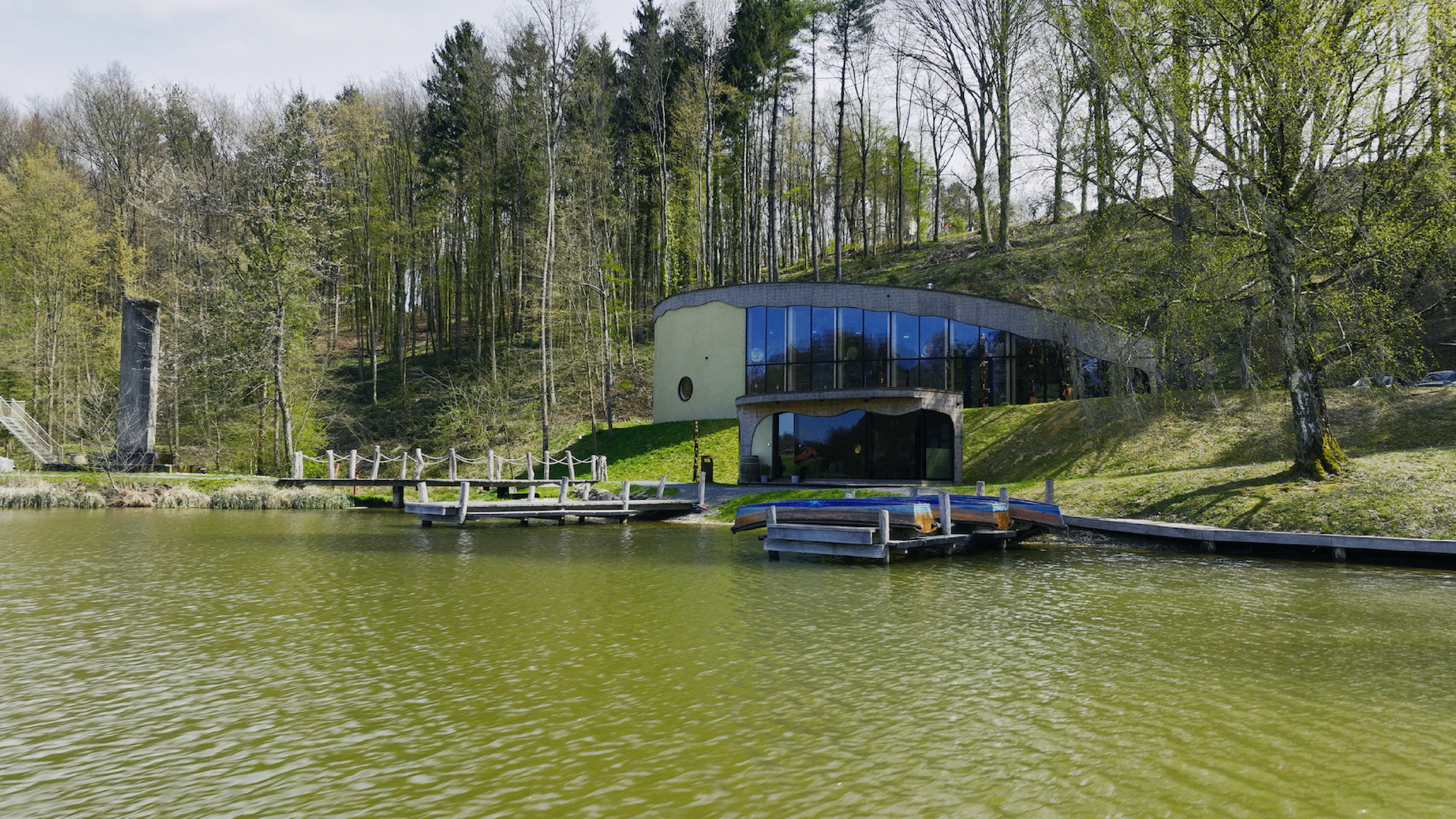
Placing the workshop in an idyllic natural setting is a great way to foster creativity.
You work in a craftsman’s way, just as shoes were made centuries ago. How do craftsmanship and progress go together?
Progress and craftsmanship are not mutually exclusive. Craftsmanship is in fact one of the key virtues of life, just like cooking, gardening, and similar activities. For example, we can buy food from food factories, or we can go to a restaurant where we are pampered by chefs. Chefs are the popular artisans at the moment – they have managed to bring their craft to the people, and I will be happy if the rest of us artisans can do the same. If we limit progress to mere automation, we can stop eating in restaurants and stop looking for inspiration in galleries, or even stop leaving home for that matter, and let digital services take care of us. But have we made any progress with this? In my opinion, no. I think craftsmanship and culture in the broadest sense should be the basic building blocks of any progress. We are craftsmen who trust progress. We are complementing the tradition and building on it, because I believe that each generation has a duty to create something new while at the same time respecting the foundations of our predecessors. I show progress in my approach to the work of my fellow craftsmen, my colleagues. Whereas in the past people worked in small rooms with limited lighting and only little attention was paid to working conditions, this is quite different today. In our case, the shoemaking workshop and the atelier are set in an idyllic forest environment, where I have combined my love for nature and shoes. Today, by working in nature, in a workshop made of wood, straw and mud, by a lake, with fantastic light and space possibilities, we are actually inspiring ourselves and our customers. This is certainly progress.
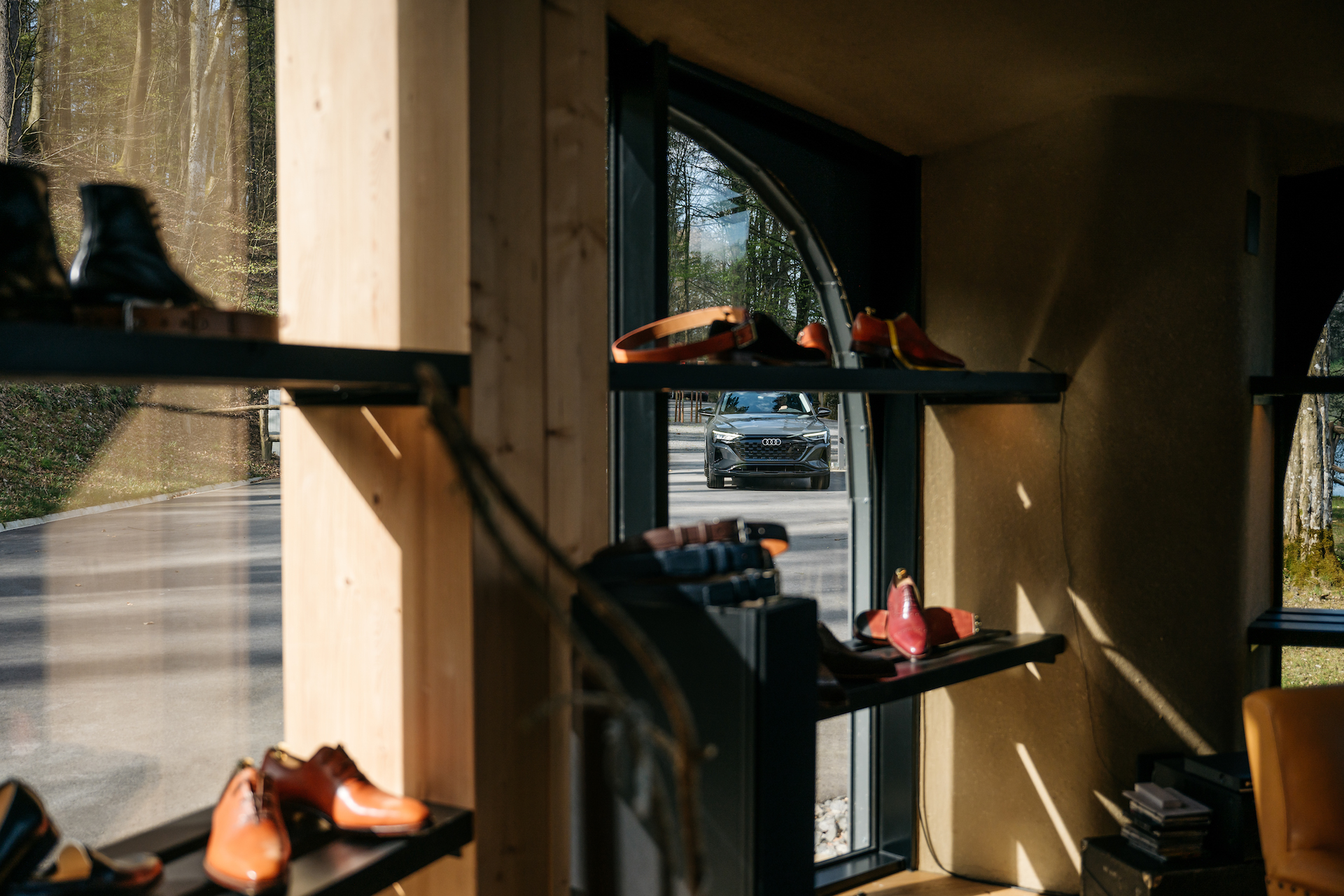
Kakšne možnosti napredka vidite pri projektu Uporabimo uporabljeno? Kakšna je vaša vizija?
S tem materialom smo se v naši delavnici srečali prvič. Ko smo raziskovali, kaj bi lahko naredili iz njega, so se začele pojavljati še neke druge, nove možnosti. Zdaj smo izdelali torbo in jo optimizirali tako, da lahko služi potovanju, športu, več namenom. Vizija je, da bi po tej torbi naredili še kak drug izdelek iz programa Audi dodatkov in kasneje kot material uporabili še kak drug že uporabljen material. Morda bi ga lahko uporabili tudi pri obutvi, je pa za to potreben razvoj. Zagotovo pa je glede na to, da gre za projekt, ki dejansko ponuja ogromno materiala in je tudi njegov namen plemenit, sorazmeren temu tudi naš motiv. Razvijamo znanje in prepričan sem, da ga tudi bomo razvili. Prve ideje so že in po mojem mnenju se bodo kmalu uresničile.
"I think craftsmanship and culture in the broadest sense should be the basic building blocks of any progress. We are craftsmen who trust progress."
What opportunities for progress do you see with the Never Refuse to Reuse project? What is your vision?
This is the first time we have encountered this kind of material in our workshop. As we explored what we can make out of it, other, new possibilities began to emerge. Now we’ve designed a bag and optimized it so that it can be used for travel, sport, or multiple purposes. The vision is to follow up with another product from the Audi accessories range and later use another material that has already been used. It may also be used in footwear, but this needs some research and development. Certainly, given that this is a project that actually offers a lot of material and a noble purpose, our motivation is in line with all that. We are developing the know-how, and I am confident that we will succeed in that. The first ideas are already there, and I think they will soon come to fruition.
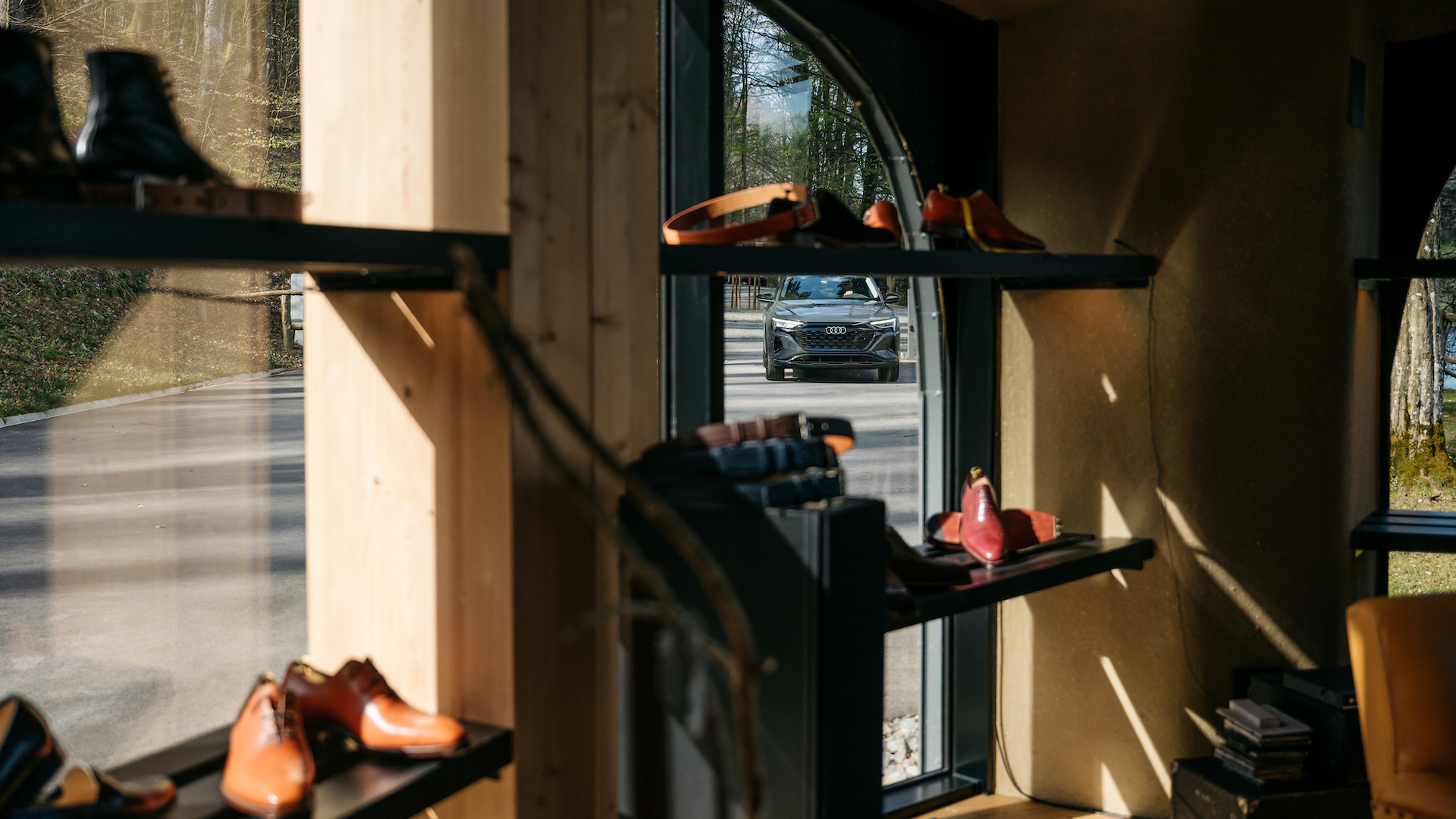
The large glass surfaces of Mario Herzog's workshop offer inspiring views of the surrounding forest and lake.

Mario Herzog's workshop, where travel bags are made from discarded advertising banners and the new all-electric Audi Q8 e-tron. Both the workshop and the Audi Q8 e-tron are built according to sustainable principles.
Audi Q8 e-tron:Power consumption (combined*) in kWh/100 km: 24.4–20.1 CO₂ emissions (combined*) in g/km: 0. Information on fuel/power consumption and CO₂ emissions with ranges depending on the selected equipment of the vehicle. Only consumption and emission values according to WLTP and not according to NEDC are available for the vehicle.
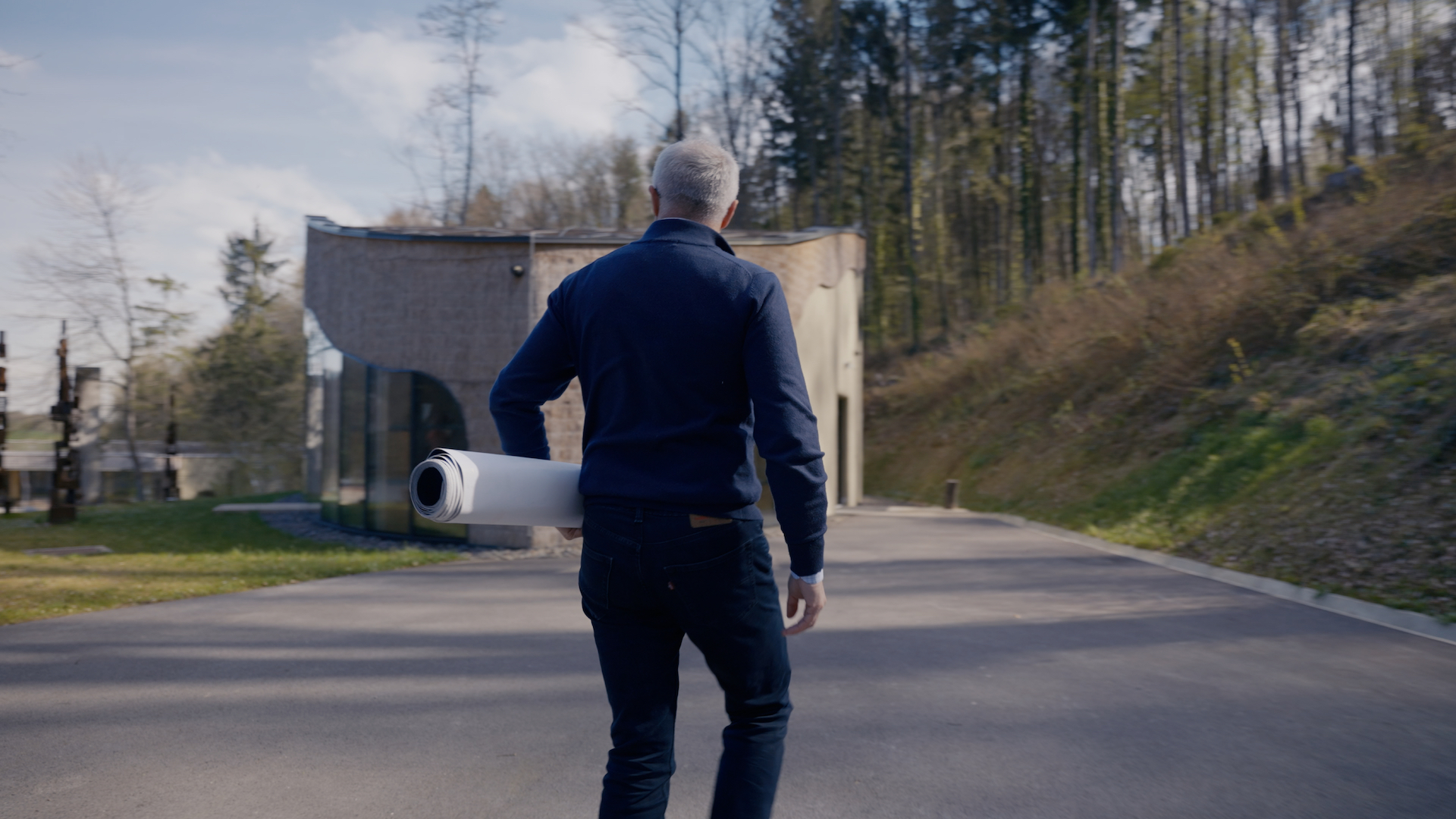
Mario Herzog brings discarded Audi banners to his workshop, which he will use to make travel bags for the "Never Refuse to Reuse" project.
What does progress mean to you personally?
I see progress in the spirit of the times we live in. Above all, I see it as a responsibility in every possible sense. Progress is a broad concept that means different things to different people. That which is progress to someone may be deemed a step backwards by the rest of the community. It is in this sense that I mention this responsibility. Yes, I am pro progress, but it must be progress for everyone, both people and nature. I think we are reaching a little too far beyond the proper boundaries. Artificial intelligence can do almost anything today, but if we leave everything to AI, we will no longer need poets, painters, shoemakers, and the like. I’m not sure whether humanity can make progress like this. Handmade items, craftsmanship is what has shaped humanity and defines us and comes directly from nature. At its core, craftsmanship is a direct extension of nature – it takes from nature and puts back into nature. Progress is not just inventing completely new things. It is above all about improving the way we bring something that has already been invented to life in an original way, so that it can have a positive impact on the world in a new guise.

